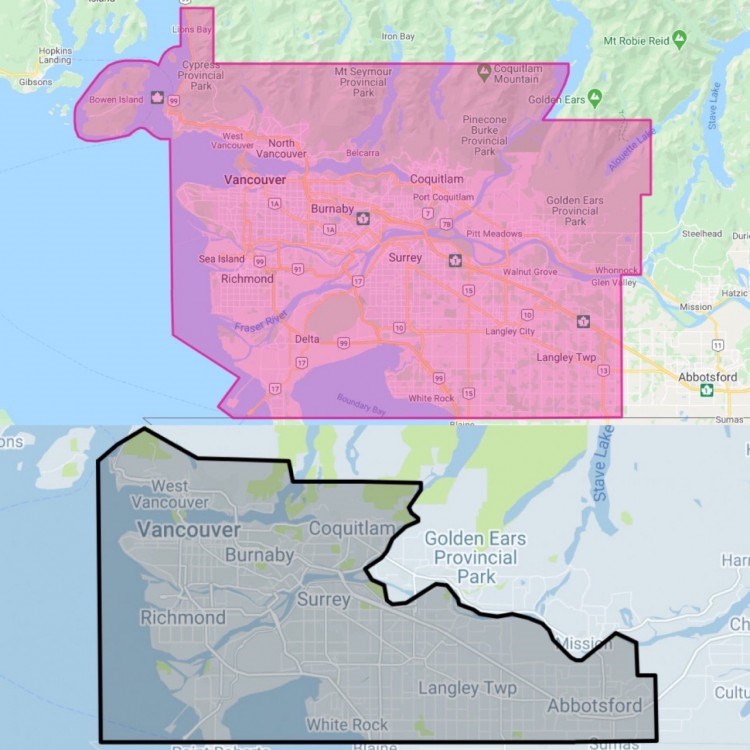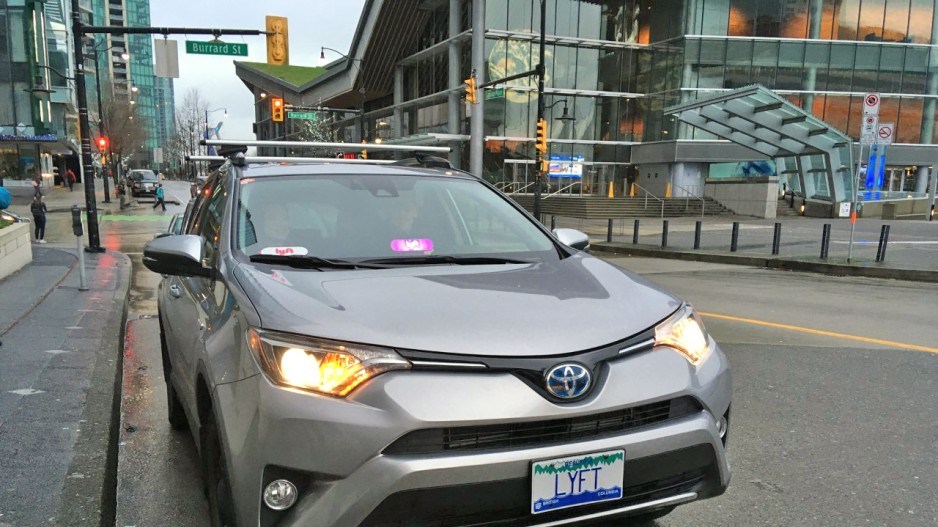What happened: Lyft expands service area in Metro Vancouver
Why it matters: The move comes as economy moves into Phase 3 of economic restart plan
Metro Vancouver residents looking for more transportation options as the economy reopens can venture a little deeper into the region with Lyft Inc. (Nasdaq:LYFT).
The ride-hailing giant has launched services in Pitt Meadows, Maple Ridge, Belcarra, Langley, Lions Bay and Bowen Island effective Thursday afternoon (July 9).
When Lyft initially entered the B.C. market, it originally only operated in what it described as a “core area.”
That included Vancouver International Airport (YVR) in Richmond, the Pacific National Exhibition grounds near Burnaby and what it describes as the “core” of the City of Vancouver.
That Vancouver core was bounded by Dunbar Street in the west, Victoria Drive in the east and 41st Avenue in the south.
The expansion of Lyft’s local service area comes after Uber Technologies Inc. (NYSE:UBER) announced June 25 it was moving deeper into the Fraser Valley with services in Abbotsford, Aldergrove and Langley Township.
Lyft’s service area goes further north than Uber’s, while Uber’s service area stretches further east.

The pandemic, however, stymied the demand for ride-hailing services just a few weeks after Lyft and Uber began offering sanctioned services in B.C. for the first time.
“What we’ve seen from drivers is they’re encouraged by the fact that people are getting out and moving around the region again,” Lyft’s general manager for B.C., Peter Lukomskyj told Business in Vancouver.
“We saw drivers who wanted to work through the pandemic, and now we’re seeing not just those drivers but new drivers come onto the platform as well. And obviously we’re facilitating that, making it as easy as possible for people to drive.”
The company has implemented enhanced cleaning and disinfection guidelines for vehicles, but Lukomskyj acknowledged there might still be psychological barriers for some passengers.
Meanwhile, ride-hailing drivers in B.C. must possess a Class 4 licence rather than the more ubiquitous Class 5 licence.
Lukomskyj said recruiting drivers remains the biggest challenge ahead of what he describes as a relaunch of the Lyft in B.C. as the province moves into Phase 3 of the economic restart plan.
“We’re really doubling down on that over the next couple of months,” he said, referring to driver recruitment.
So far 14 companies have been approved by the province’s Passenger Transportation Board to offer ride-hailing services in B.C.
Uber and Lyft were among the first to get the green light, while few B.C.-based companies have launched services.
Among the local operators is Victoria’s LTG Technologies Ltd. (Lucky to Go), which began offering rides in Kelowna on July 1.
Founder Mandeep Rana told BIV most of Lucky to Go’s nearly 50 drivers are former taxi drivers who already possessed the commercial licences necessary to drive.
He estimated 25-30 drivers are now on the road.
So far Lyft and Uber do not offer services outside the Lower Mainland, which is why Rana said he’s focused on regions such as Kelowna and Victoria.
He expects to begin offering services in the capital city later this month.




